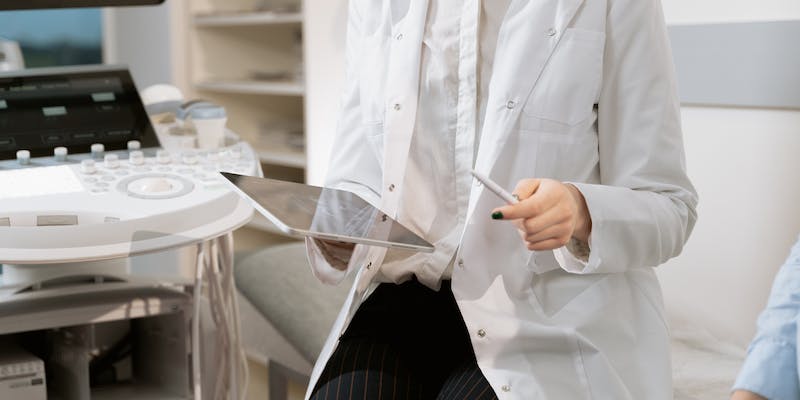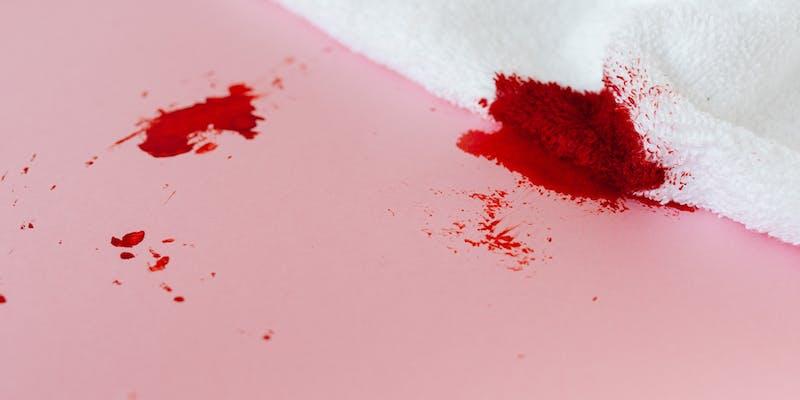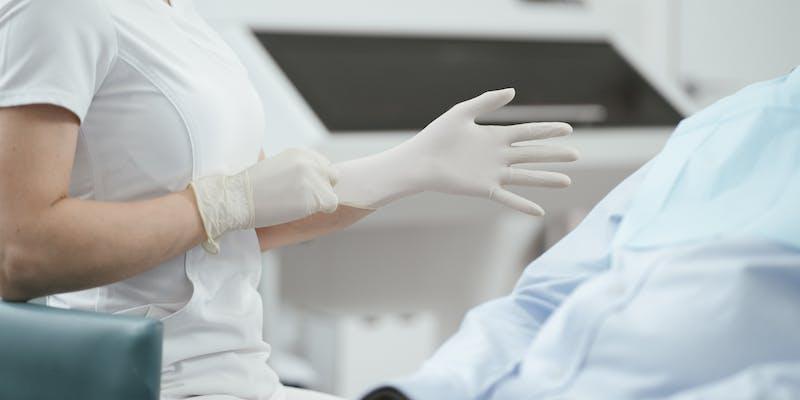
Physicians can easily inspect the lower rectum and other organs using a digital rectal examination. DREs are done for several purposes. A man's prostate gland's health may be determined quickly and easily. Benign prostatic hyperplasia and prostate cancer may be identified using this approach. When used with the PSA blood test, a DRE can track any changes in prostate health.
Purpose of DRE
Consider using a DRE for:
- Cancers of the rectal area.
- Size the prostate and check for cancer or infections.
- Fecal occult blood tests may identify colon cancer and gastrointestinal bleeding in stool samples.
- Assess fecal incontinence using anal sphincter function.
- Assess hemorrhoids' severity.
- Find the cause of rectal bleeding.
- Examine a woman's rectum-vagina junction.
Prostate Disease
When cancer develops in the prostate gland, a doctor may be able to detect it on a DRE. The doctor will measure your prostate size. An enlarged prostate may signify prostate cancer or inflammation. They will also check for prostate problems. The results of the test might show if further evaluation is necessary.
In the event that your doctor suspects an infection, he or she may touch your prostate to encourage the production of fluid (discharge) into your urine. Under a microscope, a lab professional may analyze the secretions to determine the best course of therapy for you.
Rectal Bleeding

If you see blood in your excrement, toilet, or paper towel after wiping, a DRE may save your life. Blood in your stools may suggest intestinal problems. Cancer, internal hemorrhoids, and gut wall inflammation will be checked via a colonoscopy.
Changes to Defecation Routines
An irregular change in bowel habits, such as very thin, flat, or difficult-to-pass stool, might prompt a doctor to order a DRE to rule out more serious medical issues, such as a tumor.
Preparing For DRE
For a digital rectal examination, there is no preparation necessary. Inform your doctor right away if you see any rips in your anal fissures or swollen veins in your rectum. In such circumstances, a DRE may worsen things. Your healthcare provider will explain the procedure and ask questions.
In a separate clinic room, your doctor will do the digital rectal exam. A cloth or robe will be supplied when you strip to your waist. It just takes a few minutes. Although most people report no pain, you can feel a little discomfort. The need to urinate could be strong for some individuals.
For Males
One of two places on the DRE will be requested of you by your healthcare professional. You may choose to stand with your legs crossed over the exam table or lie on your side with your knees to your chest. Anal fissures or hemorrhoids on the outside of your anus will be checked initially. They'll advise you to breathe deeply and relax when ready. They'll delicately insert it into your rectum using a lubricated index finger and gloves. Your doctor will feel for your prostate gland to determine its size and texture. If your prostate is enlarged, the exam may cause tenderness or pressure. Next, your doctor will check your lower colon and rectum for abnormalities.
For Females
Your doctor may use digital equipment to assess your rectal health during a pelvic exam. They will ask you to put your feet in stirrups on the exam table. They'll advise you to breathe deeply and relax when ready. They'll use a greased index finger and gloves to put it into your rectum carefully. Your doctor will check your lower colon and rectum for anomalies.
Performing The Test

A greased finger, inserted into your anus with a glove, will be used to do a DRE. They can detect anomalies by feeling for them. A protrusion behind the rectum wall is one way an enlarged prostate could be felt. Cancerous growths might appear as lumps on the typically smooth surface of the prostate.
Some men experience discomfort or the need to pee while under examination. This is because the doctor is pressing down on your prostate with great force. Men and women often have a DRE performed as part of their annual health checkup. To look for abnormalities in the area between the rectum and the vagina, your doctor may do a DRE during a gynecological exam. Most men and women feel just a little pain during the process. Some people may notice a little blood when they have hemorrhoids or anal fissures.
When looking for colon cancer, a DRE isn't the way to go. During a DRE, just a tiny section of the lower colon may be reached. However, using a DRE to collect a stool sample is an option. Blood in the stool may indicate colon cancer. Your doctor may order a fecal occult blood test to confirm blood in your stool sample since it may not be visible.
Aftercare
The DRE is a simple and risk-free test. Aside from lubrication and examination gloves, no special equipment is required. A doctor can typically give you a decent notion of what's wrong and notify you immediately if they detect anything unusual. Prostate enlargement, prostate nodules or pain, visible blood, hemorrhoids, anal fissures, and rectal tumors are some of the things your doctor will be on the lookout for.
In the event that your physician is unable to identify an issue, more testing can be required. A biopsy, colonoscopy, sigmoidoscopy, or proctoscopy may be required to diagnose the condition. At the conclusion of the examination, your physician will send a sample of your blood to the laboratory for occult blood testing. Within a day or two, you should have the results at your disposal.



